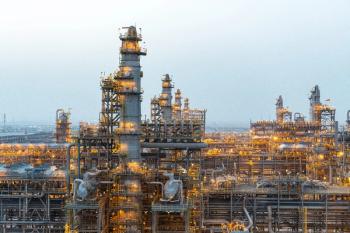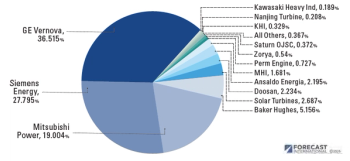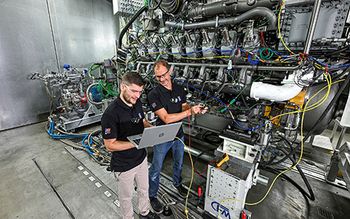
Next generation aeroderivative-VII
Turbomachinery International Magazine (TMI) in its January-February 2013 issue reported that Mitsubishi Heavy Industries (MHI), a leader in large industrial HD gas turbine generator sets, has taken over the Pratt & Whitney Power Systems industrial gas turbine aero business as well as some other P&W areas such as the Italian Turboden ORC effort. P&W has only been in the industrial aero business primarily so it could sell more aero engines, primarily the old FT 8 design. P&W announced about a year ago the development of its PW 4000 fan engine for a 60 MW aero engine to compete with the R-R Trent 64 MW unit and GEs LM 6000 50 MW unit. This effort is well along and the first unit should be tested later this year.
The takeover of the P&W industrial aero business has big implications and the whole GT industry and users alike are eagerly waiting to find out just what MHI and P&W plan to do with the MHI aero entrance. We do know that MHI needs backup TG sets for solar and wind power worldwide, and particularly in North America. The new PW 4000 could be the answer. Therefore, a push by MHI is expected to get the new 4000 on the market at an early date.
MHI has now fully load tested its new 327 MW 60 Hz 501 J high TIT engine in Japan over the past year and is ready to start full production. Some 16 (60 Hz) units and 2 (50 Hz) 470 MW units have already been sold according to TMI. MHI could very well load test the new PW 4000 in their Japanese test facilities.
We do know what MHI has in the way of design, testing and marketing of its GTs and CCs. No doubt MHI will want to expedite the development of the 4000. MHI could possibly make the power turbine as well as the electric generator and the rest of the package to increase MHI content. Some of this work could be done in the US. MHI could very well fully load test the new 4000 in Japan where it has load tested its ‘J’ turbine.
There is the distinct possibility that MHI will come out with an inter-cold version of the 4000 to complete with the very successful GE LM 100. This GE 100 MW unit is now being seriously considered to become a mechanical drive package for the GE Oil and Gas business, particularly for LNG plants. The 4000 IC version would have a rating of about 150 MW because of the larger size of the 4000 over the GE 6000. The efficiency would be a little higher. With the ORC business, MHI could then develop a CC to be competitive efficiency wise with the HD CCs. MHI could make the LP HD compressor, the intercooler, the power turbine and for the CC, the HRSG and the ORC system for IC heat rejection power recovery. Optionally, MHI could use a low 1 to 2 psig pressure steam generator for IC heat recovery where the LP steam would be admitted to the steam turbine, expanded and then condensed to provide incremental power.
MHI could also consider industrializing the new P&W geared fan engine as a simple cycle as well as an intercooled cycle. There are a lot of possibilities for MHI and P&W with the new aero engine packaging partnership and the expanding worldwide gas turbine business – all brought about by the new dependable, stable and clean burning shale natural gas.
The story just presented the three new aero fan engines giving historical background, and shows that there is still progress to be made with gas turbines. How these new engines can be used as industrial prime movers has been discussed. There are many opportunities for both manufactures and users for these new engines. The key is the low cost shale natural gas production, a super real game changer, taking place not only in the US but also around the world.
Since Pratt & Whitney introduced the geared turbofan aircraft engine, the question has been what is the next generation aeroderivative? Ivan Rice explores that question in this series.
Newsletter
Power your knowledge with the latest in turbine technology, engineering advances, and energy solutions—subscribe to Turbomachinery International today.





